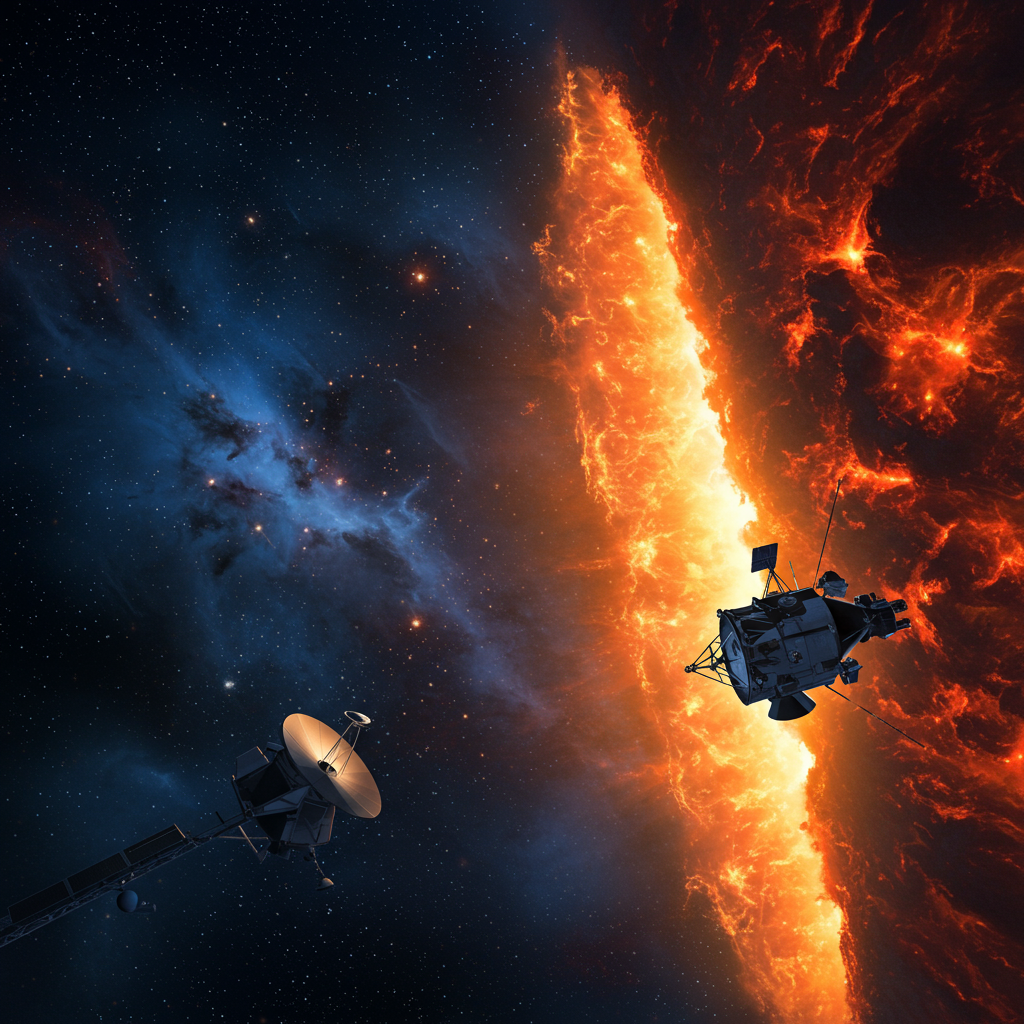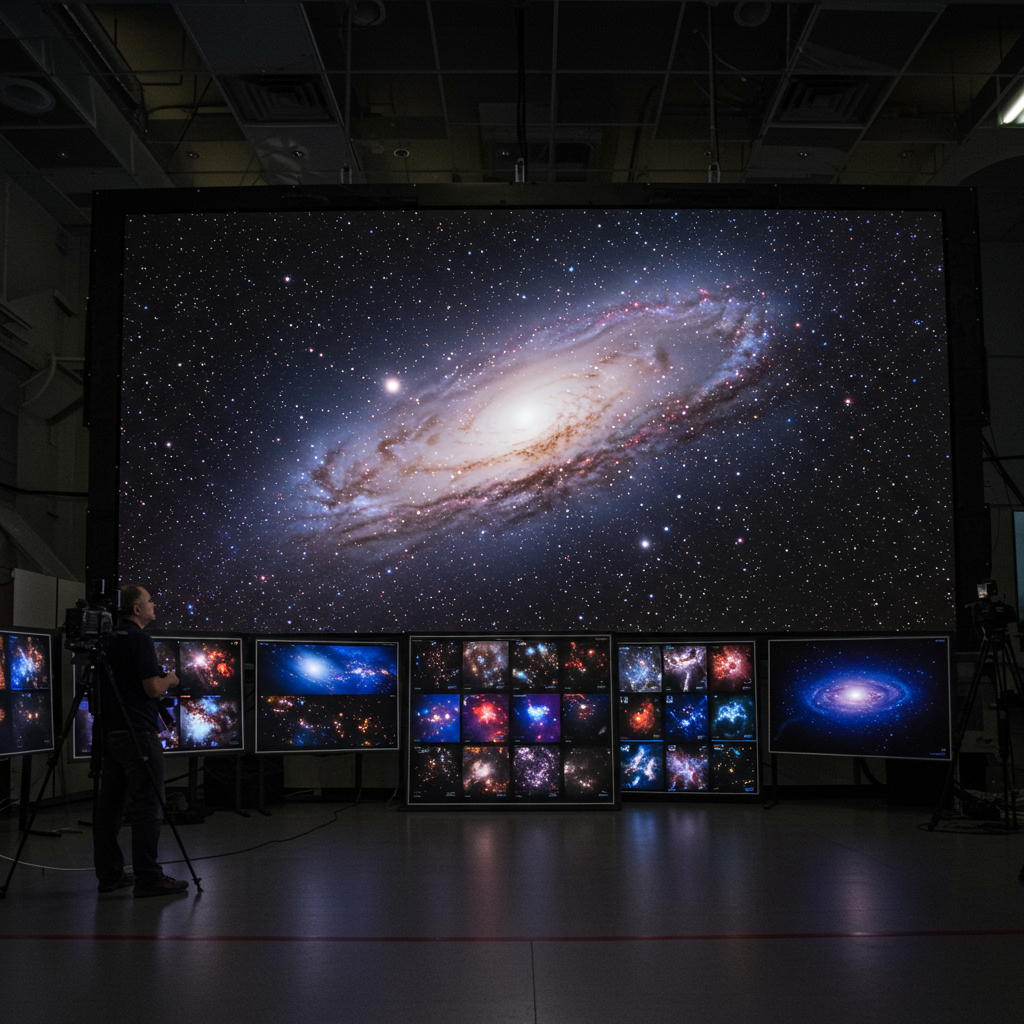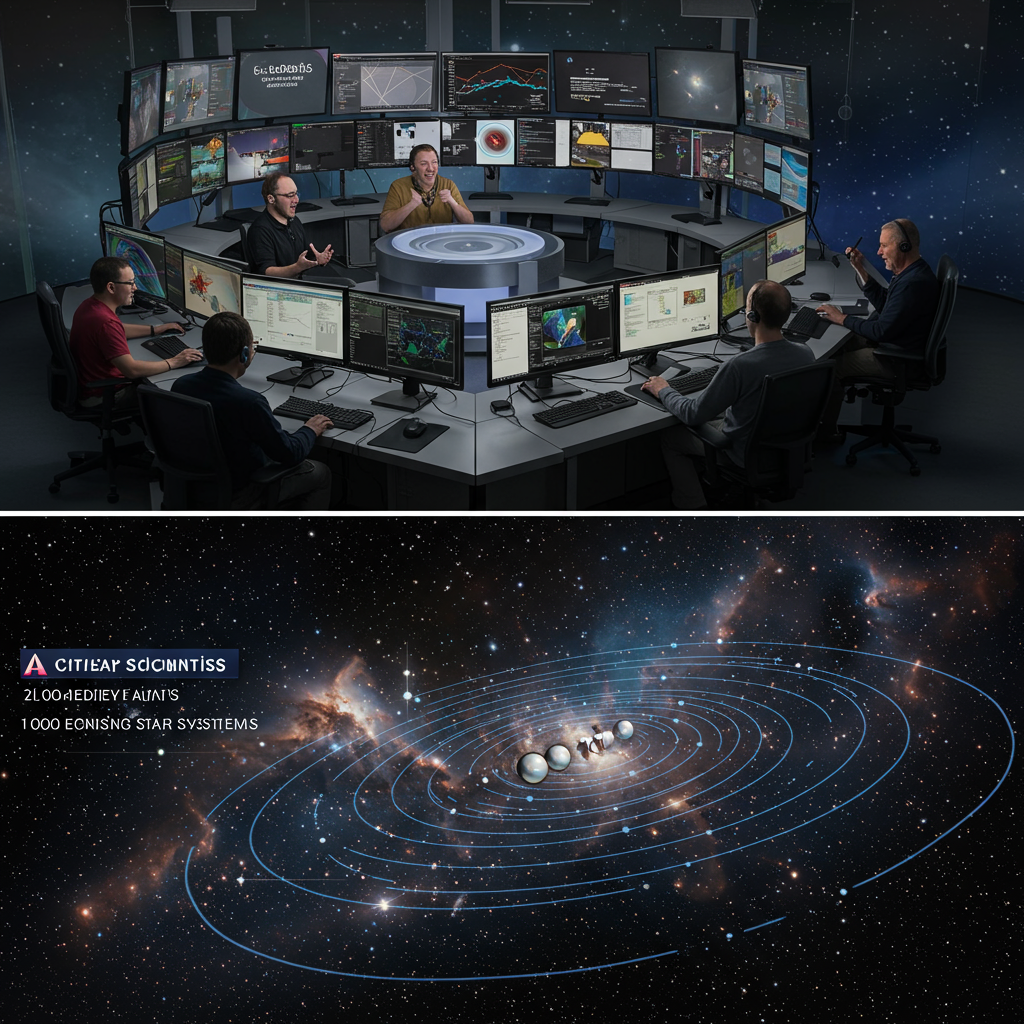Decades after their launch, NASA’s iconic Voyager probes continue to push the boundaries of human exploration. Now in interstellar space, these resilient spacecraft have sent back fascinating data, revealing unexpected conditions at the very edge of our solar system – including a region of surprisingly high temperatures, sometimes called a “hot wall.”
Defining the Edge of Our Solar System
What exactly constitutes the “edge” of our solar system? While planets like Neptune mark a planetary boundary, a more dynamic edge exists further out: the heliopause. This is the vast frontier where the Sun’s constant outflow of charged particles, known as the solar wind, collides and balances with the thin gas and magnetic fields of the interstellar medium. This interaction forms a protective bubble around our sun and planets called the heliosphere. The heliopause is the outer limit of this bubble, the point where the solar wind’s influence diminishes, and interstellar space begins. It’s not a rigid physical wall, but a shifting magnetic and energetic boundary. As the heliosphere moves through interstellar space, it even creates a “bow shock,” similar to the wake left by a ship in water.
The “Wall of Fire”: Intense Heat, Low Density
As Voyager 1 (in 2012) and Voyager 2 (in 2018) journeyed across this critical boundary, they detected something remarkable: extremely high temperatures ranging between 30,000 and 50,000 Kelvin (over 54,000 to 90,000 degrees Fahrenheit). This surprisingly hot region, sometimes referred to colloquially as a “wall of fire,” exists despite the incredibly sparse nature of space at these distances.
How did the spacecraft survive passing through temperatures hotter than the surface of the Sun? The key lies in the density of the particles. While the individual particles in this region are moving at very high speeds (indicating high kinetic energy and thus high temperature), there are incredibly few of them in any given volume. Heat transfer depends not just on temperature but also on how many hot particles collide with an object. In this near-vacuum, collisions are rare, meaning minimal heat is actually transferred to the probes. It’s like passing your hand quickly through a very hot oven – the air temperature is high, but the low density and brief contact limit the heat transferred to your skin compared to touching a hot metal tray.
Voyager’s Historic Crossing
Voyager 1 made the historic leap into interstellar space first on August 25, 2012, sending back the initial direct data from beyond the heliosphere. Its twin, Voyager 2, followed in 2018, crossing the heliopause at a different location and distance from the Sun. The fact that the two probes crossed at different points provided valuable evidence supporting predictions that the heliopause is not a static, perfectly spherical boundary, but rather one that shifts and potentially “breathes” in response to the Sun’s variable activity and the dynamics of the interstellar medium.
Discoveries Beyond the Boundary
Now officially in interstellar space, the Voyagers continue their mission, probing the environment beyond the Sun’s dominant influence. One significant and unexpected finding confirmed by both spacecraft relates to the magnetic fields just outside the heliosphere. Scientists were surprised to find that the magnetic field orientation just beyond the heliopause seemed aligned with the magnetic field inside the heliosphere. This observation, initially made by Voyager 1 and later confirmed by Voyager 2 upon its own crossing, suggests a surprising consistency in how the magnetic fields interact at this distant boundary.
As the only two human-made objects to have ventured into interstellar space, the Voyager probes represent an unparalleled achievement in exploration. Their continued operation and discoveries, like the surprising high temperatures and magnetic field alignments at the heliopause, underscore the importance of long-term deep space missions for understanding our place in the cosmos and the complex environment beyond our home system.




